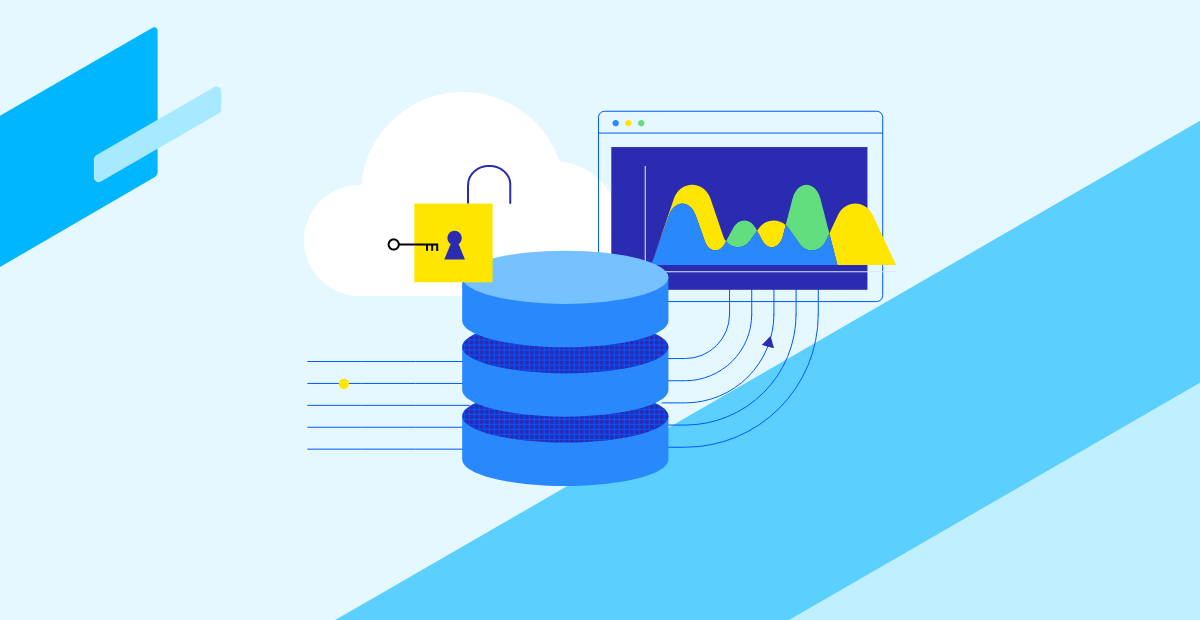Data Platform
LATEST STORIES
-

Improving Content Discovery Through Semantic Publishing and IPTC Metadata Standards
Discover how semantic publishing and IPTC standards can enhance content discovery, packaging and distribution. -
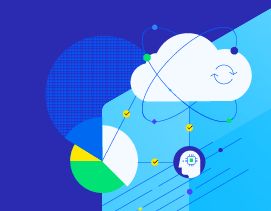
The Benefits of a Data Hub for Effective Data, Analytics and AI Governance
The successful implementation of a data governance policy imposes many obligations on a company’s IT infrastructure. In this blog, we’ll explore why a data hub architecture is a fitting approach for effectively integrating and governing complex, unstructured data in large organizations. -
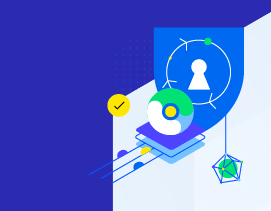
5 Ways Semantic Models Help Protect Sensitive Data
Discover how semantic models revolutionize sensitive data identification, offering context-driven insights and transparent classification for enhanced data security and governance. -
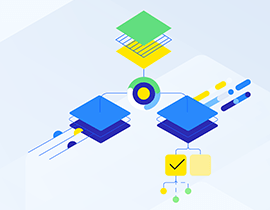
How to Jumpstart Your Taxonomy Project with Confidence
Effective taxonomy management is essential for unlocking the full potential of your enterprise information. By investing efforts in taxonomy development, organizations can overcome data complexity, improve data quality and enhance their decision-making capabilities. This drives innovation, efficiency and competitive advantage in today’s data-driven landscape. But how can organizations get started? -
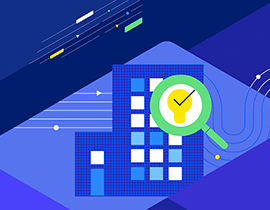
No-Code Business Logic Development for MarkLogic Database
Learn how a no-code solution for developing your Progress MarkLogic business logic provides tremendous value. -
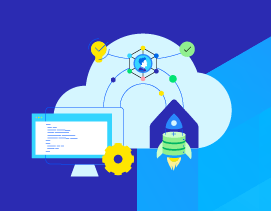
Effective Use of APIs: Top Questions from the DataDirect Ask Me Anything Webinar
The Progress DataDirect team hosted an Ask Me Anything webinar to highlight organizations that use APIs and DataDirect to connect to their data sources for improved analytics and reporting. Here are four of the top questions from the session. -
.png?sfvrsn=4b0d759e_2)
Model Storing with Concepts Server: Streamlined Access, Easy Retrieval and Better Collaboration
Progress Semaphore Concepts Server, a new modern store for published models, allows organizations to more easily store and share semantic models across the enterprise at scale. See for yourself and learn how Semaphore can help. -

Unlock the Full Potential of Your Data with Semaphore 5.8
Semaphore 5.8, our latest Long Term Supported (LTS) release, improves security, maximizes the value of data and accelerates time to insight, while driving down integration and maintenance costs. -
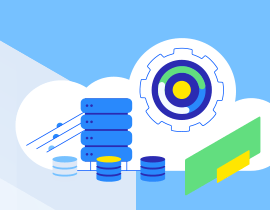
Data Harmonization: The Foundation of Unified Data Sets
Uncover the transformational power of data harmonization for unifying disparate data sets, bridging gaps between systems and eliminating silos in metadata and data.
Topics
- Application Development
- Mobility
- Digital Experience
- Company and Community
- Data Platform
- Secure File Transfer
- Infrastructure Management
Sitefinity Training and Certification Now Available.
Let our experts teach you how to use Sitefinity's best-in-class features to deliver compelling digital experiences.
Learn MoreMore From Progress
MOST POPULAR
Latest Stories
in Your Inbox
Subscribe to get all the news, info and tutorials you need to build better business apps and sites
Progress collects the Personal Information set out in our Privacy Policy and the Supplemental Privacy notice for residents of California and other US States and uses it for the purposes stated in that policy.
You can also ask us not to share your Personal Information to third parties here: Do Not Sell or Share My Info
We see that you have already chosen to receive marketing materials from us. If you wish to change this at any time you may do so by clicking here.
Thank you for your continued interest in Progress. Based on either your previous activity on our websites or our ongoing relationship, we will keep you updated on our products, solutions, services, company news and events. If you decide that you want to be removed from our mailing lists at any time, you can change your contact preferences by clicking here.
